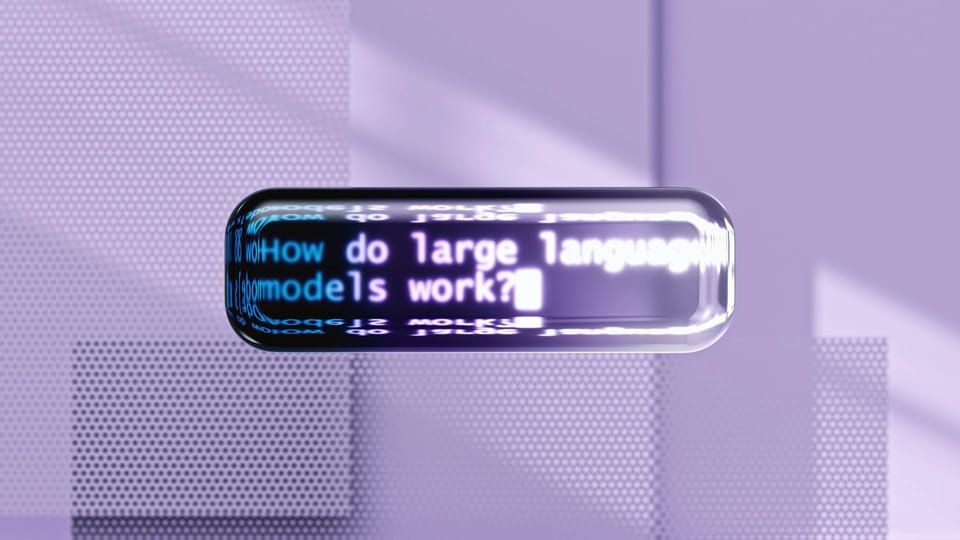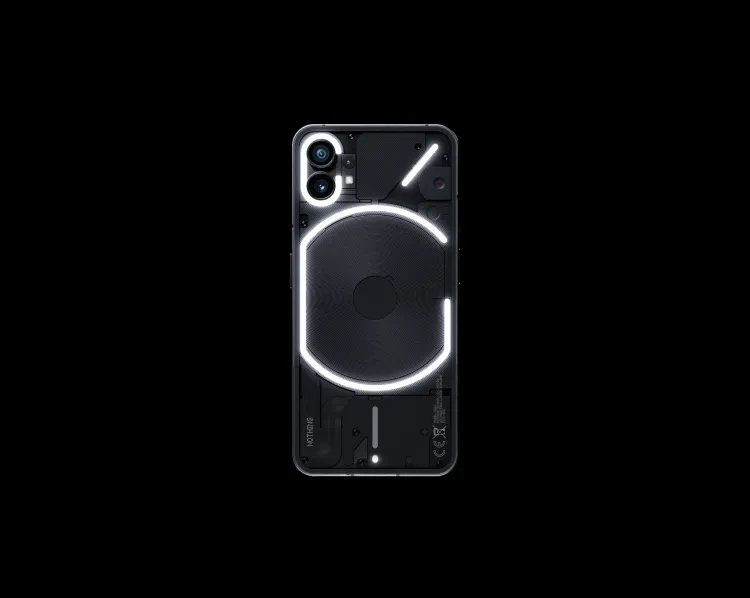Prompt-Driven Development: A New Era in Design and AI

Welcome to the world of Prompt-Driven Development (PDD), where language becomes the tool for innovation. This emerging practice is reshaping how we design and create, opening doors for designers, developers, and creatives to collaborate with AI in entirely new ways.
For years, design workflows have been anchored in tools like Figma. You’d meticulously craft each screen, element, and interaction, ensuring pixel-perfect precision before handing it off to developers. With PDD, the approach flips. Instead of designing every detail yourself, you craft prompts that describe the vision and let AI generate prototypes, code snippets, or design assets to bring it to life.
Thanks for reading The Percolator! Subscribe for free to receive new posts and support my work.
This isn’t about replacing creativity but about amplifying it. As Andrew aptly put it in their Substack post, “Prompt-Driven Development (PDD) represents a transformative shift in software creation, emphasizing architectural understanding over syntax fluency.”
Let’s explore how Prompt-Driven Development is transforming the design landscape and why it’s a skill every designer should master.
What is Prompt-Driven Development?
PDD is the practice of using carefully crafted prompts to guide AI tools in generating outputs: whether it’s code, designs, or creative content. It’s much less about syntax and more about semantics, where success hinges on your capacity for clarity, precision, and intent.
Think of PDD as a collaboration between human creativity and machine intelligence. Instead of dictating every step, we set the stage with prompts, letting the AI improvise while staying aligned with our vision and desired outcomes. But be wary, it can quite literal.
How PDD is Transforming Design
1. Democratizing Creativity:
PDD makes advanced capabilities accessible to non-technical users. A designer without coding skills can prototype interactions, generate layouts, or even debug with AI assistance.
2. Accelerating Iteration:
Imagine generating 10 design concepts in minutes. Tools like MidJourney, ChatGPT, and Figma AI allow rapid exploration, turning vague ideas into tangible results.
3. Fostering Collaboration:
PDD fosters a new kind of partnership. Developers, designers, and product managers can co-create by iterating on prompts, creating a dynamic feedback loop between humans and AI.
4. Shaping new workflows:
By integrating PDD into existing processes, teams can streamline mundane tasks, focus on strategy, and boost overall productivity.
Why Designers Need to Master Prompts
At its core, PDD requires Slow Design thinking. Crafting effective prompts isn’t about speed (which frankly with GenAI is a given) but about intentionality, and about understanding the nuances of language, context, and the desired outcomes. Designers are uniquely suited to this role because we’re already trained to think deeply about user needs, systems, and outcomes.
Practical Example:
A product designer using ChatGPT might write:
“Generate five onboarding flows for a financial app focused on first-time investors, prioritizing simplicity and trust.”
Refining and iterating on that prompt can produce a tailored solution that feels as if it were custom-designed.
Pitfalls
While PDD offers efficiency and accelerated iteration, it also presents challenges such as maintenance complexity, debugging difficulties, and testing limitations. Poorly structured or vague prompts can lead to inaccurate, convoluted, or misaligned code, requiring iterative refinement. Additionally, PDD demands a deep understanding of AI capabilities to avoid over-complication and ensure reliable outputs. As this approach evolves, developers must adopt new strategies for debugging, testing, and maintaining AI-generated code to fully harness its potential.
• Bias in Outputs: AI reflects the biases in its training data, which means prompt writers must stay vigilant.
• Ethical Considerations: Who owns the generated output, and how do we attribute credit fairly?
• Over-Reliance on AI: Balancing automation with human oversight is critical to maintaining creativity and accountability.
Further Exploration
• Andrew’s’ Substack on Prompt Engineering
• OpenAI’s Guide to Prompt Engineering for Developers
• IBM AI Ethics | AI & Ethics for designers (IDEO)
Prompt-Driven Development is a shift in how we think about creativity and collaboration. As designers, we have an opportunity to shape this practice, ensuring it amplifies human experiences while staying intentional and ethical in our work.
What prompts are you experimenting with?
Thanks for reading The Percolator! This post is public so feel free to share it.
Thanks for reading The Percolator! Subscribe for free to receive new posts and support my work.







